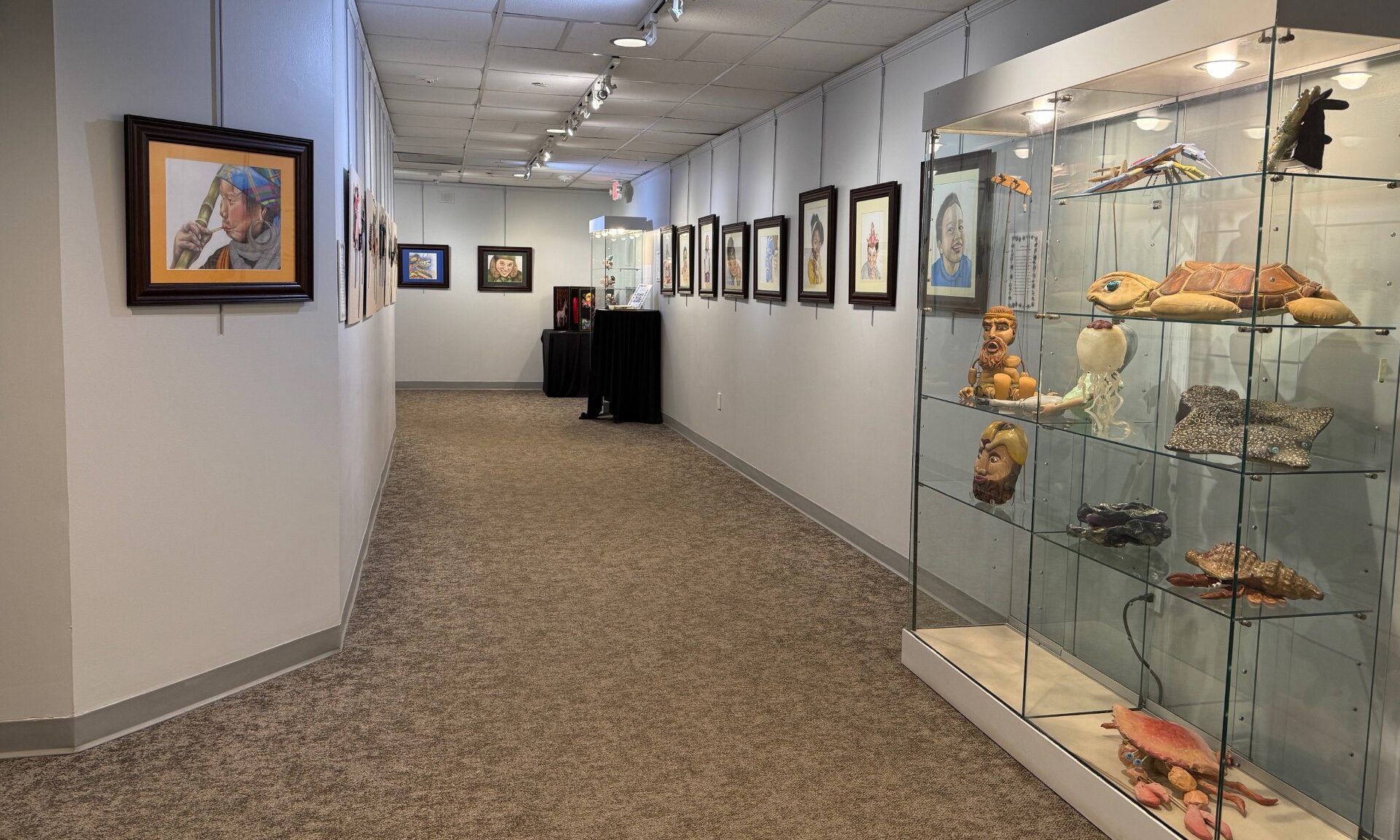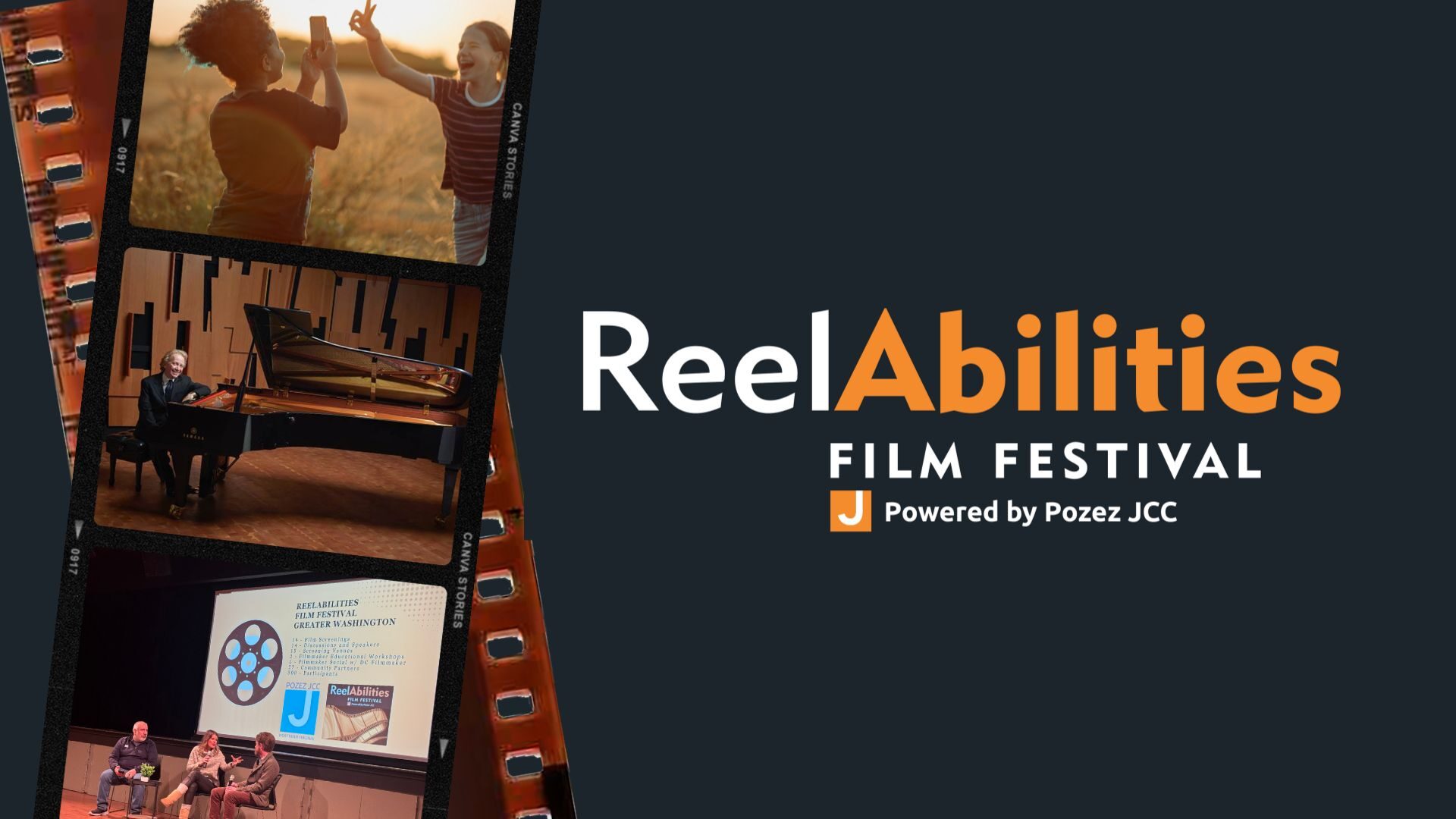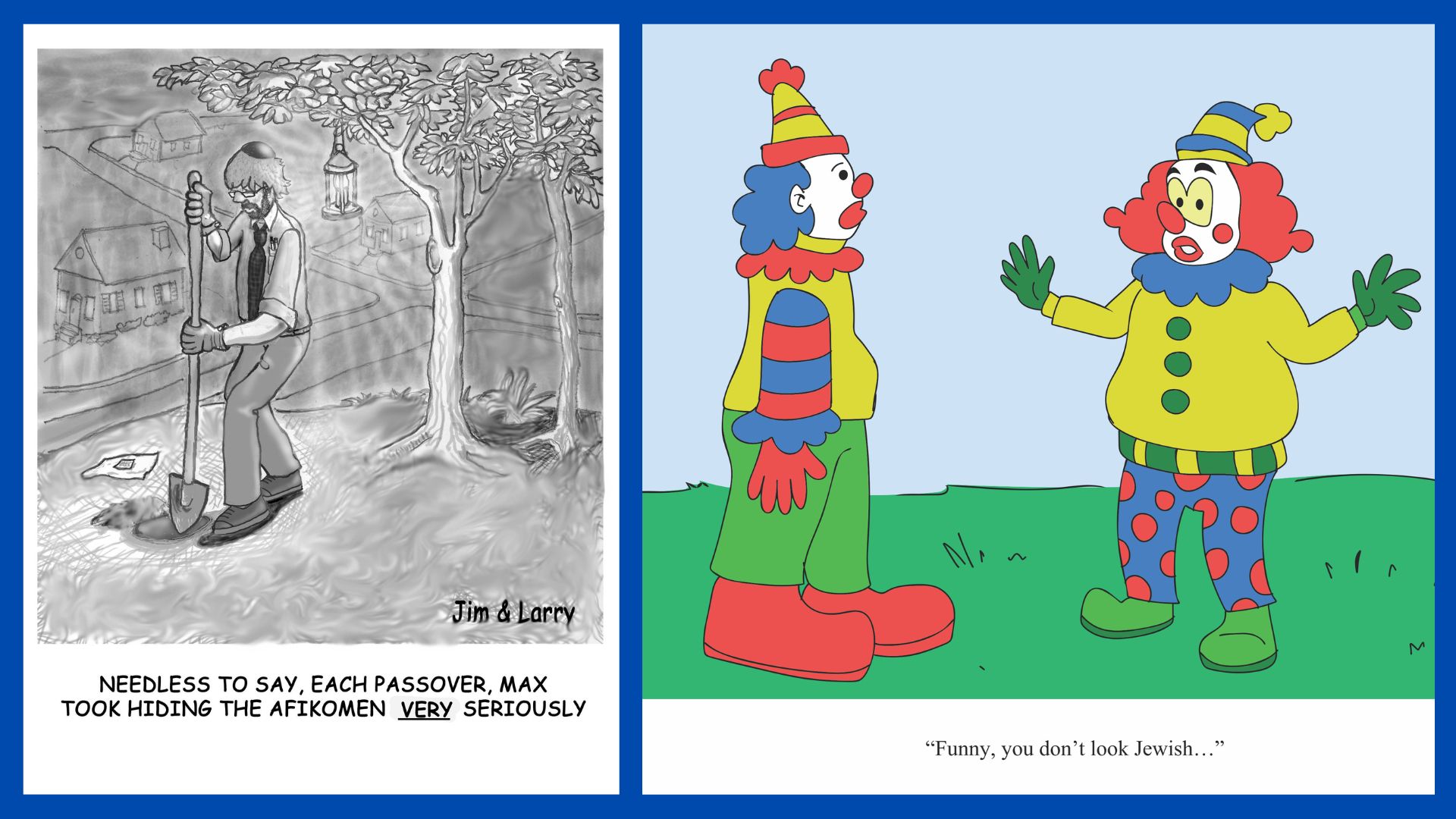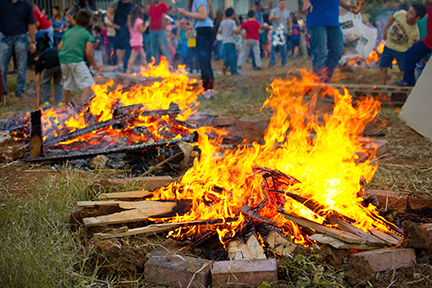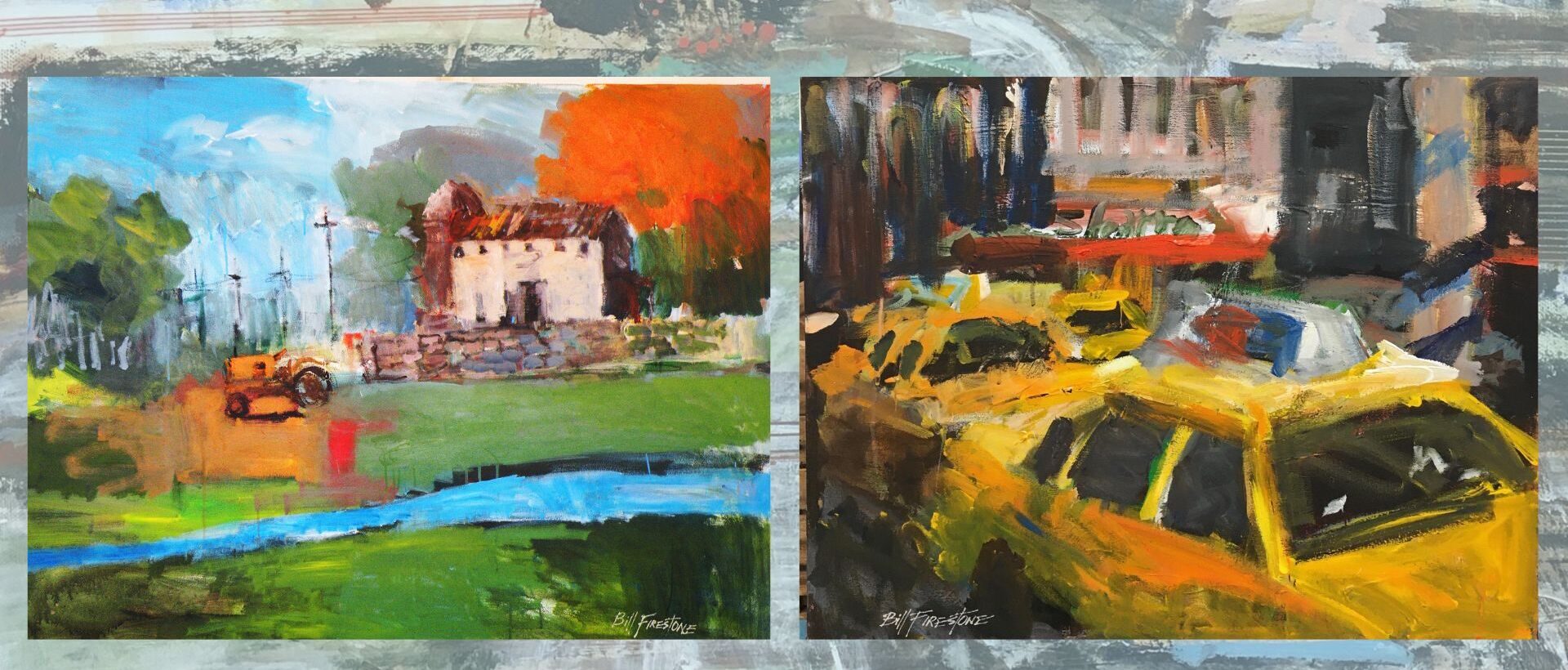Upcoming Events with the Artist (RSVP required):
Meet the Artist Reception: Thursday, September 18, 2025, 7pm-9pm
Children’s Shadow Puppetry Workshop: Sunday, October 26, 4-6pm
Dr. Maya Nadison works in global public health, but never stops making art. Her range of media and intention is enormous; from drawing, puppetry, wood, leather, to mural painting, Maya makes it. Whether it is with her children and in her community, or to be used in large-scale public health campaigns, Maya makes it. She never wanted to choose between the arts and public health, and the exhibition on view through October 27, 2025, proves that she never had to.
1. When did you start making art and what keeps you going?
For as long as I can remember, I’ve been making things. As a child, one of my favorite pastimes was collecting found objects on the street and transforming them into little figurines. Art quickly became my favorite subject in school, and I still fondly recall a teacher telling me that I had a very defined style at a young age. That encouragement fueled my natural curiosity, and over the years I’ve thrown myself into experimenting with different materials and methods such as silk painting, bookbinding, woodblock, etching and linoleum printing, upholstery, welding, and many more. For me, art has always been about exploration and learning by doing. What keeps me going is knowing that there is never an end to the possibilities. There are always new techniques to try, new methodologies to explore, and new topics to take on. Even when I return to materials I’ve worked with for decades, I find something fresh to discover, a technical challenge to solve, or a new story to tell. That ongoing process of discovery is what makes creating both stimulating and deeply rewarding.
2. You work in so many media and styles. How did you gravitate towards each of them, and do you have a favorite?
I’ve always been open-minded and eager to learn, so whenever an opportunity arises to try a new material or technique, I take it. That curiosity has led me to explore many different media and styles over time, each one teaching me something new. Along the way, I’ve gravitated toward a few favorites, especially sculpting—whether with wood or with Super Sculpey. I find it deeply satisfying to begin with an idea and then watch it shift and evolve as the work takes shape. There’s a fluidity to the process: you may start with one vision, but
as you build and refine, the piece can transform into something unexpected. I love that sense of discovery, of going with the flow, and of letting the material itself guide the final form.
3. As an artist with a PhD in public health, you have an inspiring history of using your puppets to entertain and educate children around important issues like literacy, bullying, and sexual abuse. Can you share more about how the arts can help us have tough conversations?
I’ve always been equally drawn to science and art, and I’ve never wanted to choose between them. As an undergraduate, I created my own major in medical humanities to explore both fields together – a program that has since grown into a full master’s degree at Northwestern University. That’s where I first discovered how theater and puppetry could be used in public health campaigns, and I became fascinated by their ability to spark meaningful conversations about sensitive issues.
What began as an interest soon grew into a practice. With the support of two research grants, I created an anti-bullying puppetry campaign, performing in Chicago and later in Japan while studying Bunraku. As a doctoral candidate at the Johns Hopkins School of Public Health, I received two more grants to develop a sexual abuse prevention program in partnership with the Baltimore Child Abuse Center. For that project, I designed insect puppets that used animal behaviors as metaphors for safety and consent: playful on the surface, but deeply effective at opening difficult conversations.
Over time, I’ve learned that puppetry creates just enough distance to make hard subjects approachable. It is imaginative, disarming, and rooted in storytelling, which allows children to see themselves in the characters while keeping a safe emotional distance. Storytelling invites empathy, sparks dialogue, and makes participation feel natural in a way few other methods can. I talked about this in Johns Hopkins Magazine (‘Strings Attached’), describing how puppetry serves as both artistic expression and public health intervention. For me, it represents the best of both worlds: science and art working together – not only to change how we talk about the issues that matter most, but also to transform education itself.
4. Do you have any advice for aspiring artists or those going into public health?
When you find a passion in life, follow it. So often we’re told to pick one lane, to choose between science or art, or between practicality and joy. But in my experience, with persistence and a commitment to what you truly love, you can find ways to bring seemingly disparate paths together. The truth is, when you combine different fields, people don’t always know how to make sense of what you have to offer. That’s where self-advocacy
becomes essential: you need to explain, insist, and keep showing people the value of wearing multiple hats. It’s not always easy, but it’s worth it.
My advice is to stay true to yourself, to keep showing up for the work that excites you, and to trust that, over time, the pieces will come together in ways that are both meaningful and unexpected. I certainly never imagined that my path would lead me to UX research, visual storytelling, and developing graphic novels for the Department of Defense – but that’s the beauty of following your passions: they can take you places you never dreamed of.
Maya Nadison is a public health design strategist and researcher, puppet-maker, and multidisciplinary artist.
_____________________
Your support will help us continue to bring diverse and inspiring cultural arts programs to our community. By donating to the Pozez JCC’s cultural arts programs, you will help make it possible for us to host events and showcase a variety of artists and exhibits, including those in the Bodzin Art Gallery. Your contribution directly enriches lives through the power of art. Donate Now







